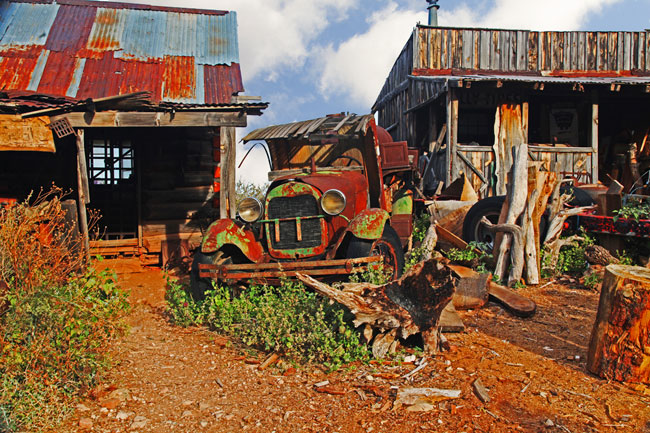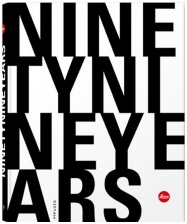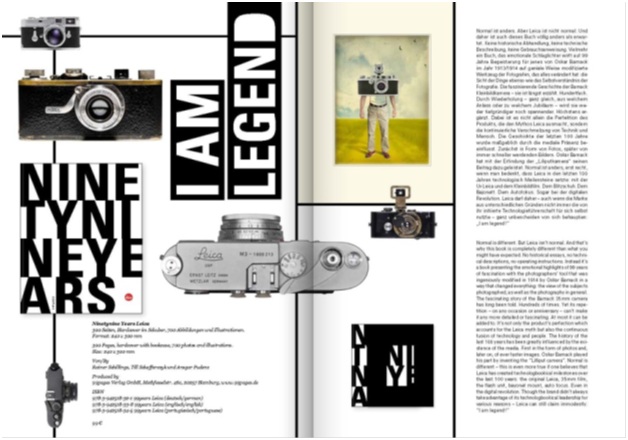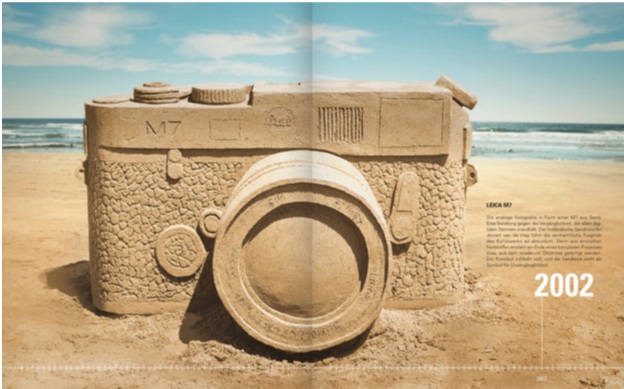


Posted by: Classic Connection



Posted by: Classic Connection

PRESS RELEASE

Special edition book recounts the path to becoming a living legend
Allendale, NJ (December 6, 2012) – For nearly a century, Leica cameras have captured fleeting moments and transformed them into stories brimming with the lifeblood of true human experience. The iconic image of the end of WWII as displayed by the sailor and nurse in Times Square embodies the excitement and relief felt in the U.S. on V-J Day, an immortal message not of love, but of spontaneous joie de vivre. As a stark contrast, yet just as intense, the palpable fear on Napalm Girl’s face reaches beyond the picture as she runs screaming from the wreckage that was formerly her home, announcing to the world that war also, and above all, affects the most innocent people: children. Now, the story of passion and inspiration synonymous with Leica Camera comes to life in “Ninety Nine Years Leica,” a 300-page tribute to the intensely emotive and legendary images that have become a part of our lives. It sheds an emotional spotlight on 99 years of enthusiasm for a small camera developed by Oskar Barnack in 1913.
Part history lesson, part compilation of personal anecdotes, part pop culture retrospective, “Ninety Nine Years Leica,” ushers readers into an undiscovered “Leica Universe.” A unique, fun and enlightening combination of compelling images and expressive texts tells the story behind a brand well on the way to becoming a living legend. Throughout the book, it becomes evident that not only has Leica played an active role in the world’s celebrations, sadness, relief and hope but also in the lives of its camera owners. The result of a close collaboration between Leica and the multiple-award-winning publisher 99pages – under the creative direction of AnsgarPudenz, Rainer Schillings and Till Schaffarczyk – “Ninety Nine Years Leica” takes readers on a trail of photographic discovery blazed by legendary Leica photographers such as Henri Cartier Bresson, Robert Capa and Elliott Erwitt.


“Ninety Nine Years Leica” debuted at the photokina 2012 trade show to rave reviews. In North America, fewer than 1,500 English copies are now available exclusively through Leica Stores, Boutiques and Dealers.
Ordering it online from our store:
Ninety Nine Years Leica A company history Book NEW$130.00
More info: Product Description
Ninety Nine Years Leica
A company history, completely different:
Ninety-nine years and on the way to becoming a living legend. Throughout the history of photography, the name Leica is linked to ‘vision and innovation’. Leica has not only made significant contributions in technical terms, but has influenced the content of photography as we know it. The new book, ‘Ninety Nine Years Leica’ by the Hamburg publisher 99pages is a fitting opulent tribute to this fact. After reading through its 300 pages, it is impossible to overlook that Leica is truly different and continues to call the photographic and intellectual shots. The book is neither a corporate chronology nor an album; it does not provide technical details, instructions nor
statistics. It directs an emotional spotlight on 99 years of passion and enthusiasm for a small camera developed by Oskar Barnack in 1913/14. The book is not a tribute to the perfection of a product, but to the intensely emotive and legendary images that have been a part of our lives for almost a century.
Legendary cameras, inventors and innovators, great photographers and collages describe Leica and its undying passion for technical innovation and the art of capturing life and the world around us in pictures.
In close collaboration with Leica, the multiple-award-winning publisher 99pages – under the creative direction of AnsgarPudenz, Rainer Schillings and Till Schaffarczyk – has successfully combined images with informative, expressive texts. This anniversary edition is as unique as Leica itself.
